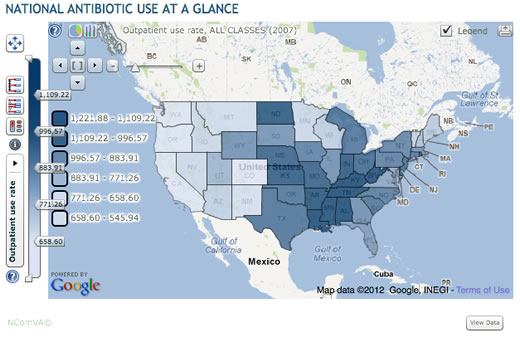For non-experts, reading antimicrobial resistance data is confusing because there are so many antibiotics. If one of these measurements increases, another decreases, and the rest stay the same, have things gotten better or worse? A single number would make it easier to explain to policy-makers, says Keith Klugman, William H. Foege Chair in Global Health and a leading expert on antibiotic resistance around the world.
"Economists do this all the time," he says. "The end result is something that is easy to understand, even though it may be complex to calculate."
Klugman has been developing a "Drug Resistance Index" in cooperation with economist Ramanan Laxminarayan, director of the Center for Disease Dynamics, Economics & Policy in Washington, D.C. Laxminarayan had the initial idea and came to Klugman for scientific advice on it.
The index combines a "basket" of resistance data for different drugs, similar to how groceries and other household items make up the cost-of-living index. These numbers are weighted according to the amount of each that is used. If a microbe develops resistance to a drug that is less critical, then the index will go up only slightly. If resistance occurs against a drug prescribed to almost every patient, the index will increase more.
"What lab monitoring picks up doesn't map exactly to clinical treatment failures," Klugman says. "Resistance to a particular antibiotic matters less when doctors have other choices, and more when they don't."
The goal is to assign one number to every microbe in every country and thus make it easier to emphasize the importance of smart drug policies and compare resistance in different states or countries. One obstacle to wider use is that detailed information on antibiotic resistance and consumption in developing countries is largely unavailable, says Klugman. Still, widespread adoption of the index could stimulate health ministries in developing countries to start collecting more data on antibiotics.

